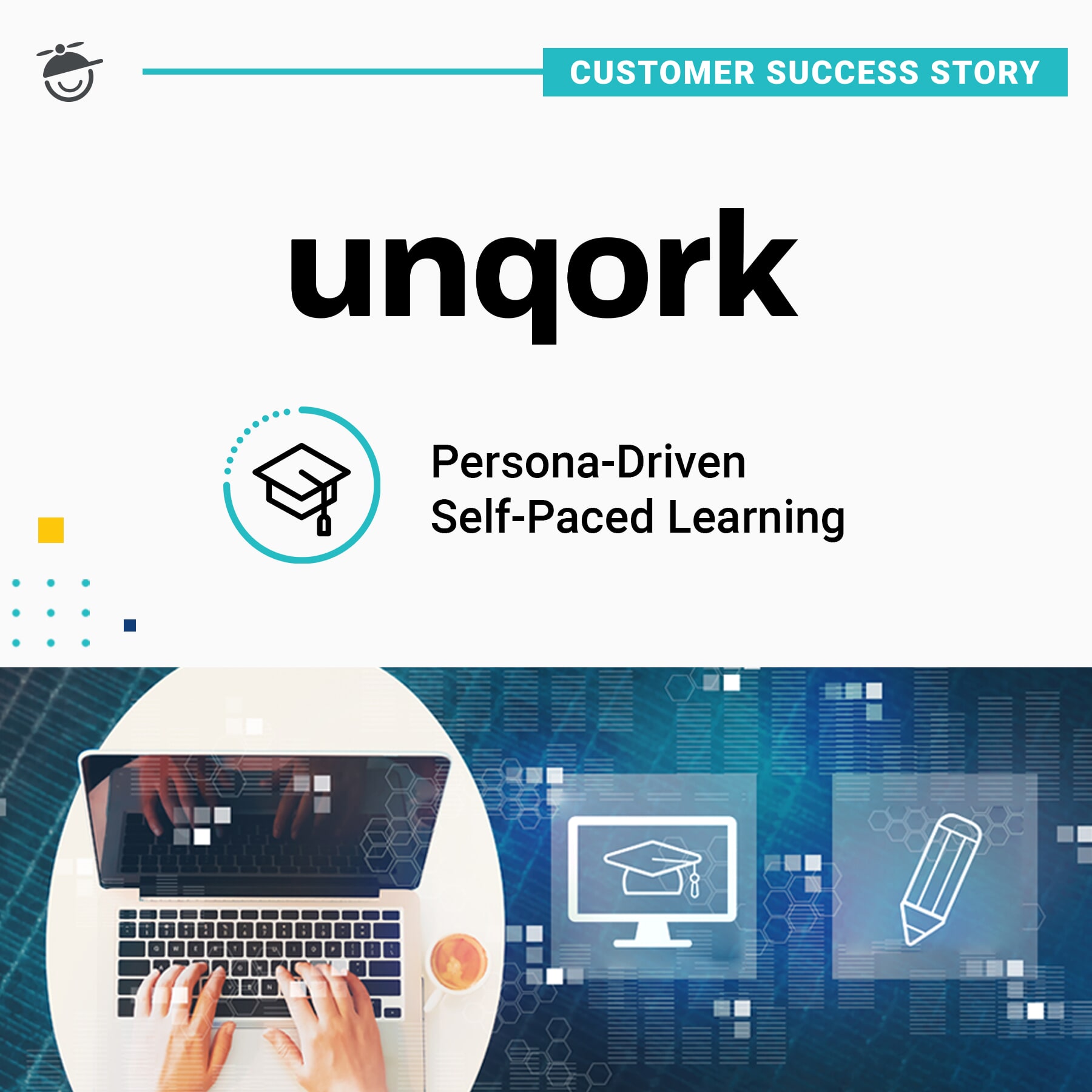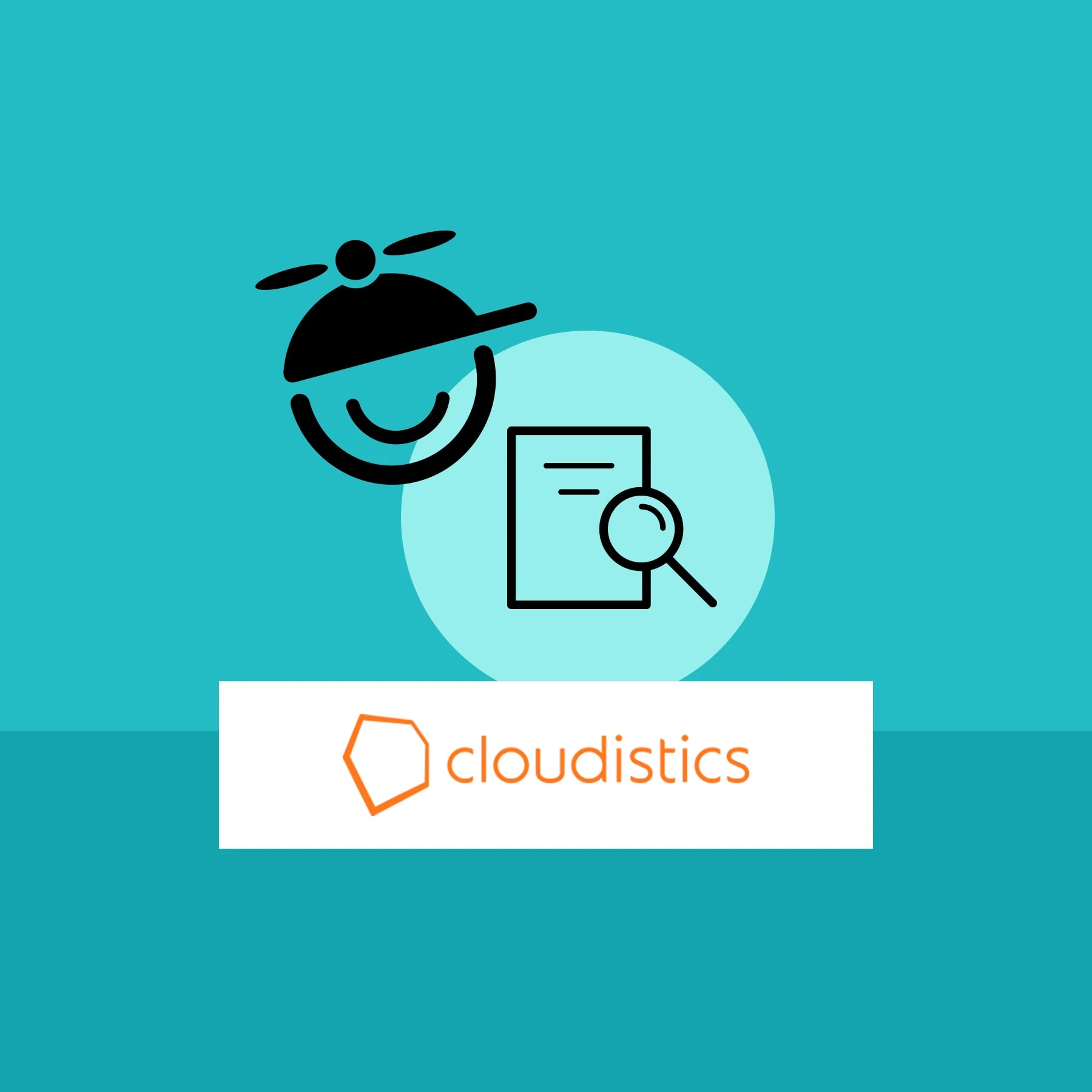When businesses need highly credentialed lawyers, they increasingly turn to Axiom Law, the global leader in highcaliber, on-demand legal talent. Companies worldwide, including more than 50% of Fortune 100, rely on Axiom and its 2,400-plus lawyers to build dynamic teams that can rapidly scale up or down to meet their needs, saving about half the costs of working with traditional law firms.
To help grow and manage the supply and demand of its business, Axiom built the Axiom Platform, which currently includes two cloud-based applications, Axiom for HQ (for internal business teams) and Axiom for Talent (for Axiom’s legal talent). Axiom first established a technology unit to build a platform that would replace manual, internal workstreams and then eventually power the company’s talent and client experiences. To support the rollout of its first application, Axiom for HQ, the company produced a 100-page PDF user guide and a training slide deck.
However, Axiom quickly realized that the company would need a more modern, dynamic way to deliver information to users of the application. That’s when they found MadCap Software. Since migrating to MadCap Software’s solutions, Axiom Law has been able to:
- Transform Axiom’s web-based application documentation into a complete user and employee education resource.
- Reduce demands on the Axiom support team via intuitive, easy-to-search content for employees to increase user adoption.
- Keep pace with bi-weekly releases of the Axiom for HQ and Axiom for Talent applications.
- Align the documentation with Axiom’s corporate and application branding.
A Complete Educational Resource Platform
Today, Axiom has two modern, HTML5-based web documentation sites, one each for Axiom for HQ and Axiom for Talent. Because these support a common platform and synced release cadence, the team can easily manage the sites from a single MadCap Flare project with some shared resources, such as the skin, style sheet, images and snippets.Master pages differentiate the home pages of the two sites.
“We started with the documentation site for Axiom for HQ,” Lisa explains. “Then, when we introduced Axiom for Talent, it was really simple to add a Talent folder to the same project. Now, I can write one workflow in Flare and simply condition tag it to publish it for both targets. It’s just so easy to manage multiple sites with one Flare project.”
Once Axiom employees began using the documentation sites for the applications, the team noticed that users were starting to search for other business information, such as paid time off (PTO), benefits and how to fill out timesheets. This realization led the technology unit to work with Axiom’s talent support and benefits teams in porting content from their respective websites into the MadCap Flare project. From there, the information was published to both the Axiom for HQ and Axiom for Talent documentation sites—giving each set of employees a single, go-to resource.
Keeping Pace with Bi-Weekly Product Updates
Another top priority for Axiom was synchronizing release communications with Axiom’s bi-weekly product updates. One of the most important aspects of MadCap Flare in supporting this effort is the ability to conditionally tag text down to a single character.
“Our platform has a lot of common workflows and data across apps and audiences, but with slightly different use cases,” Lisa explains. “For example, we write one article for a profile completion workflow, which is something both HQ and Talent users do in their respective applications, though they use different steps. With Flare, we can condition-tag it for both use cases, then publish the one article to both the two HQ and Talent documentation sites.”
Axiom also relies heavily on snippets functionality in MadCap Flare to facilitate content reuse, as well as ensure that users never have to experience inconsistent information.
“With snippets in MadCap Flare, I can write an instruction set, or note, or any piece of content once and use it in multiple articles and channels, which means I never have to remember how I wrote it the first time,” Lisa says. “Also, because we move really fast, being able to update live content in minutes with Flare, with zero dependencies on our engineering resources, is huge.”
Providing an Intuitive, Easy-to-Search Content
Given the ability to quickly create and publish content using MadCap Flare, has allowed Axiom to focus most of its efforts on creating a better content experience. One approach has been to move to article-based authoring—think super-topics rather than the traditional chapter-style approach of applications, such as Adobe FrameMaker. The articles deliver information to users without making them jump between topics. At the same time, drop-down text allows employees to see only the topics within the article that they want to read.
“Often users find one answer, and then they immediately have other related questions. With Flare, we’re able to create longer, article-style content that is, at the same time, scannable, readable, and easily navigated thanks to features like dropdown text, menu proxies, and responsive design layouts,” Lisa explains. “ It’s the best of both worlds to let users scan an article for what they need or expand all for a more immersive experience, all while still being easily searchable.”
Axiom has found that article-based authoring using MadCap Flare provides other benefits. For authors, the articles mean there are fewer “topics” to maintain, it is easy to create printable job aid without the extra effort of pulling together individual topics. For users, it allows for broad or poorly formed searches to still yield the desired information."
Reducing the Demands of Support With Micro Content
Discoverability is a top priority at Axiom, so the company was an early adopter of the micro content functionality in MadCap Flare. “We have spent a lot of time writing thoughtful content for our users, and we want them to be able to find it,” Lisa notes. “Using Flare, we have rolled out a ton of micro content to help surface the information employees need, prioritized by the support team’s most-asked questions list.”
To determine what information also needs to be delivered as micro content, the Axiom team turns to the Analytics capabilities in MadCap Central. “With Google Analytics, we only see what pages users are going to. With MadCap Central Analytics, we can literally see what they’re searching on, the results that phrase is returning, and then which results don’t have micro content,” Lisa explains. “If I find there’s no micro content for a search result, I can use Flare to put something together in 10 minutes and get it out there. It’s amazing how fast we can move.”
Beyond micro content, Axiom is also using MadCap Central to provide more informative support emails. Typically, when users submit a support request, they get an automated email saying they will get a response in 24 to 48 hours. However, using MadCap Central Analytics, the Axiom team has been able to identify the most searched, most popular articles and include links to those in the auto-replies.
“Because our support auto-reply emails include links to popular articles we’ve identified using Central Analytics, there’s a good chance users will be able to get their questions answered simply by clicking on a link in the email and not waiting one to two days for a response,” Lisa observes.
“Using Analytics in Central, we’re able to filter support requests down to those that truly can’t be answered in the help site, and that really require human resolution,” Lisa notes. “We’ve also added a feedback mechanism to every page where users can email us about how helpful the information was, which helps us to fine-tune our content further. It's one big circle of awesomeness.”
To continue reading this customer success story, visit our website here.








